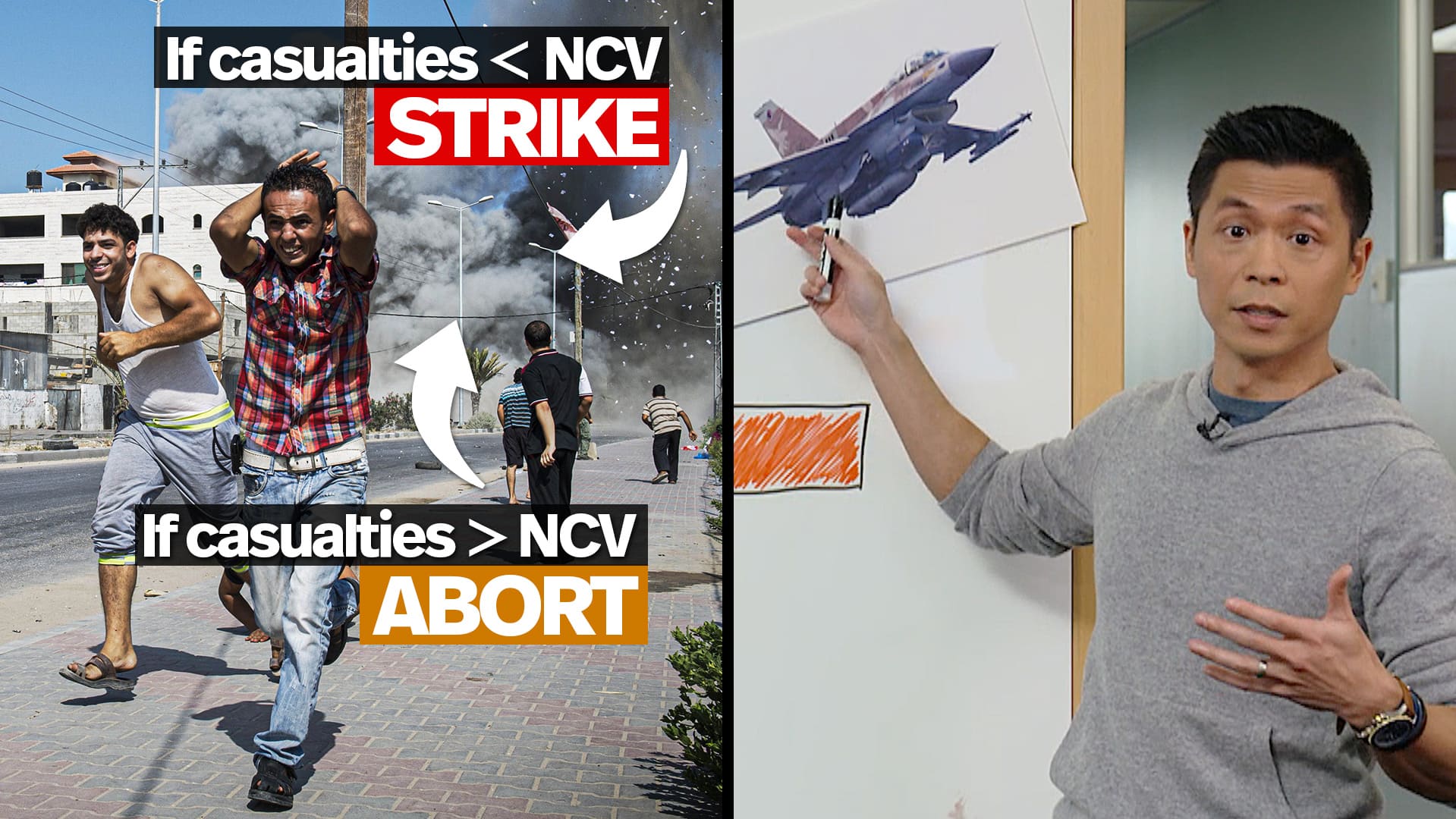The war raging in the Gaza Strip continues to leave people in peril, as Israel pushes to destroy Hamas and its infrastructure across the tightly packed territory.
Amid six weeks of conflict, an estimated 1.6 million Gazans have been displaced from their homes, according to UN data. The death toll is mounting — with thousands reported killed in Gaza, separate from those who died in Hamas’ surprise cross-border attacks on Israel last month.
With outside parties unable to enter the besieged seaside enclave, it is left to the two warring sides to count the dead — a challenging task in any conflict, but particularly in one that has seen so many civilians killed in varying and horrific circumstances.
Conflict erupts
The fighting erupted when Hamas launched a series of attacks in southern Israel on Oct. 7. The Israeli government now says some 1,200 people died in the sudden violence and 240 people were taken hostage.

In response, Israel declared war on Hamas. An ensuing bombardment of Gaza and eventual ground campaign followed. Authorities in Hamas-run Gaza said Saturday the death toll has reached 12,300.
Israel has pointed to steps it takes to prevent civilian casualties, but Israeli Prime Minister Benjamin Netanyahu recently acknowledged these efforts have sometimes fallen short.
“Any civilian death is a tragedy and we shouldn’t have any,” Netanyahu told CBS News this week, blaming Hamas for putting people at risk.
Featured VideoIsraeli Prime Minister Benjamin Netanyahu, in an interview with Norah O’Donnell of CBS News, again blamed Hamas for putting civilians in harm’s way but noted that Israel has not been successful in its bid to minimize civilian casualties.
The war’s lethal consequences have touched communities far from the Gaza Strip — including in Canada.
As of Friday, Global Affairs Canada (GAC) says it is “aware of the deaths of seven Canadian citizens and one with deep connections to Canada,” though the department does not specify where those deaths occurred.
Prior media reporting on the conflict suggests most of the known Canadian-connected deaths have occurred in Israel.
Changing counts
Following the Oct. 7 Hamas attacks, the death toll in Israel climbed steadily and was eventually estimated at 1,400 people.

On Nov. 10, a spokesperson for Israel’s Foreign Ministry said the known death toll was actually closer to 1,200 people.
Identifying those slain in the Hamas attacks has been challenging and archaeologists have been involved in some cases, according to reports.
Mark Schwartz, a retired U.S. Army lieutenant-general who served as the U.S. security co-ordinator for Israel and the Palestinian Authority, found the initial confusion on these death tolls “very understandable,” as Israeli authorities were caught off guard by the attacks and had to learn what they could as information emerged.
That process has continued throughout the war, as Israeli authorities gradually learned more about the fate of some hostages and some missing people, who were later confirmed dead. On Friday, Hamas announced a 85-year-old hostage died as a result of what it said was a panic attack, following an airstrike.
Civilian deaths in Gaza
Gaza’s steadily rising death toll has continued to make headlines and prompted repeated calls for a ceasefire.

Reports suggest that medical professionals relay news of recorded deaths to the health ministry in Gaza. Yet Israeli officials and even U.S. President Joe Biden have expressed skepticism of Gaza-reported totals. However, these sources have recorded fatality totals that have been largely consistent with UN-reported totals in past conflicts.
Schwartz, who is also an adjunct researcher at the RAND Corporation think-tank, said some suspicion of Hamas’ motives might be warranted, but Gaza is a relatively small place, where “people know where people are,” suggesting deaths would not go unnoticed.
He said the Israeli siege of Gaza has meant that non-governmental organizations are not able to freely move around the territory at this time. That leaves them unable to observe events that are unfolding from close up, as might be the case in some conflicts.

It also may be more difficult for Israel to assess the impact of its own strikes in Gaza, given the circumstances. Schwartz said drones might be one method Israel was using to gather that information.
Daniel Silverman, an assistant professor of political science at Carnegie Mellon University, and a colleague reviewed a batch of data that Gaza officials released last month outlining reported deaths there during the first few weeks of the war.
Featured VideoAs the number of people killed in Gaza surpasses 12,000, another Israeli hostage has died as well. But Israel continues to say there will be no ceasefire until all the hostages are released, despite increasing international pressure.
Their analysis found the reported deaths mirrored the demographic contours of the Palestinian population suggesting “most of the dead” in Gaza are likely civilians.
“Clearly many civilians are being killed,” Silverman said, discussing the work he and Michael Spagat, an economics professor at Royal Holloway, University of London, had conducted.
Silverman and Spagat believe the proportion of women, children and also elderly people being killed appears to be higher than in prior conflicts in Gaza in 2008-09 and 2014.
Featured VideoIsrael’s response to the deadly Oct. 7 Hamas attacks — which killed some 1,200 Israeli citizens — has killed more than 11,000 Palestinians, according to Hamas-run Palestinian Ministry of Health. Andrew Chang explores whether it might have been possible for an alternative response that could have led to fewer Palestinian deaths.
In Gaza, the danger to civilians has not relented over the course of the war, as they have faced risks whether staying put or trying to get to a safer area, observers said.
With airstrikes having levelled residential structures and struck areas where people have been sheltering, it’s unclear how many deaths may not have been counted. Such airstrikes reportedly killed dozens in south Gaza on Saturday alone, Gaza health officials said.




